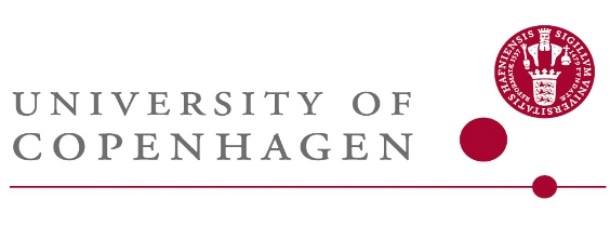U of Copenhagen Researchers Simultaneously Operate Multiple Spin Qubits On Same Quantum Chip

(SciTechDaily) Quantum physicists at the University of Copenhagen are reporting an international achievement. By simultaneously operating multiple spin qubits on the same quantum chip, they surmounted a key obstacle on the road to the supercomputer of the future. The result bodes well for the use of semiconductor materials as a platform for solid-state quantum computers.
One of the engineering headaches in the global marathon towards a large functional quantum computer is the control of many basic memory devices – qubits – simultaneously. This is because the control of one qubit is typically negatively affected by simultaneous control pulses applied to another qubit. Now, a pair of young quantum physicists at the University of Copenhagen’s Niels Bohr Institute –PhD student, now Postdoc, Federico Fedele, 29 and Asst. Prof. Anasua Chatterjee, 32,– working in the group of Assoc. Prof. Ferdinand Kuemmeth, have managed to overcome this obstacle.
Thus far, the greatest focus of quantum technology has been on producing better and better qubits. Now it’s about getting them to communicate with each other, explains Anasua Chatterjee:
“Now that we have some pretty good qubits, the name of the game is connecting them in circuits which can operate numerous qubits, while also being complex enough to be able to correct quantum calculation errors.”
It is here that the young quantum physicists’ quantum circuit, made from the semiconducting substance gallium arsenide and no larger than the size of a bacterium, makes all the difference:
“The new and truly significant thing about our chip is that we can simultaneously operate and measure all qubits. This has never been demonstrated before with spin qubits – nor with many other types of qubits,” says Chatterjee, who is one of two lead authors of the study, which has recently been published in the journal Physical Review X Quantum.



















